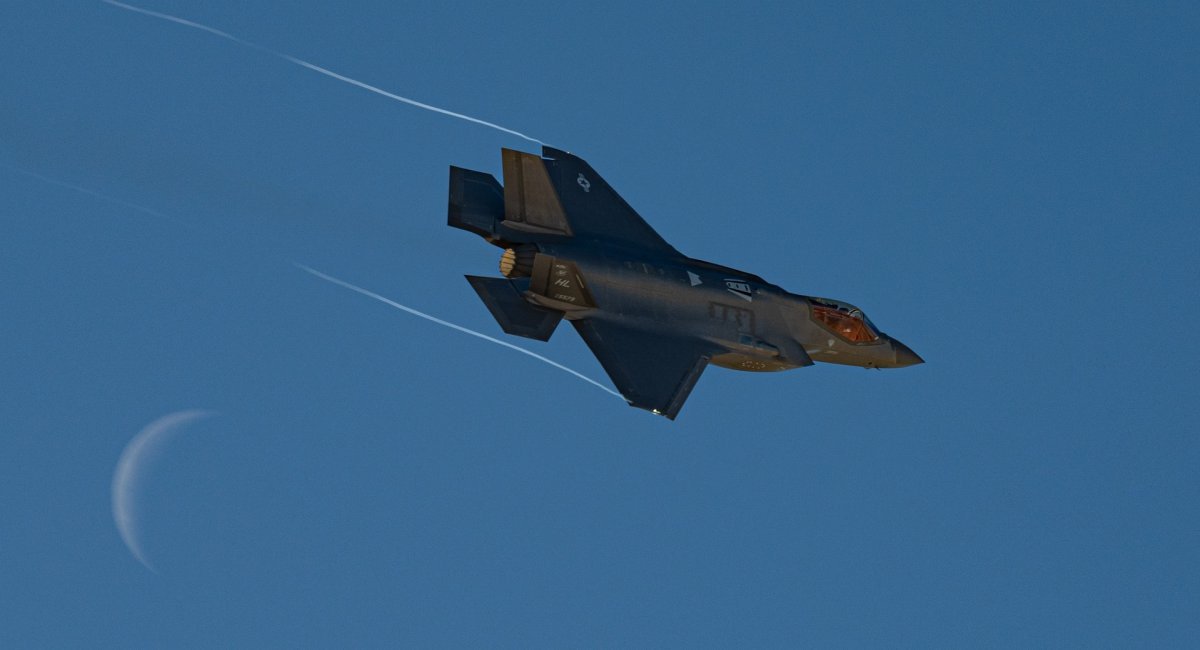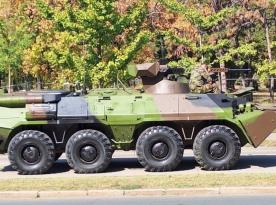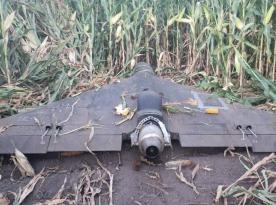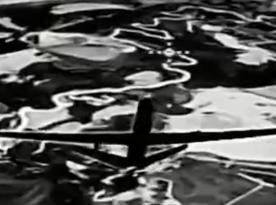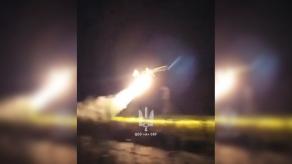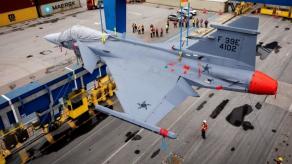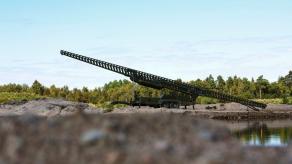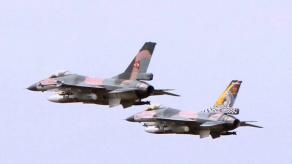Odd Systems, known for developing and supplying Kurbas thermal imaging cameras, has announced the start of a strategic partnership with Denmark’s Terma Group, whose PIDS+ and ECIPS+ pylons are already in service with Ukraine’s Air Force F-16s. The goal of this cooperation is to create a low-cost, AI-driven drone interception system.
It is worth noting that Terma operates far beyond aircraft pylons. The company specializes in ground- and sea-based radar systems, including those dedicated to drone detection, as well as advanced avionics. Terma supplies over 80 critical components for the F-35, including fuselage parts, pylons, and radar electronics.
Read more: Microwaves vs. Drones: U.S. Army’s Leonidas to Fry Drones Faster and Farther — Ukraine’s Experience Matters
The Ukrainian announcement emphasizes Terma’s expertise as a systems integrator and its extensive experience working with various types of sensors.
While Odd Systems has not disclosed specific details about the project, Terma stated it will provide advanced sensor technologies and situational awareness systems for Odd Systems’ battle-tested unmanned platforms. Terma added that "this cooperation combines the best of Western defense engineering with Ukrainian military innovation."
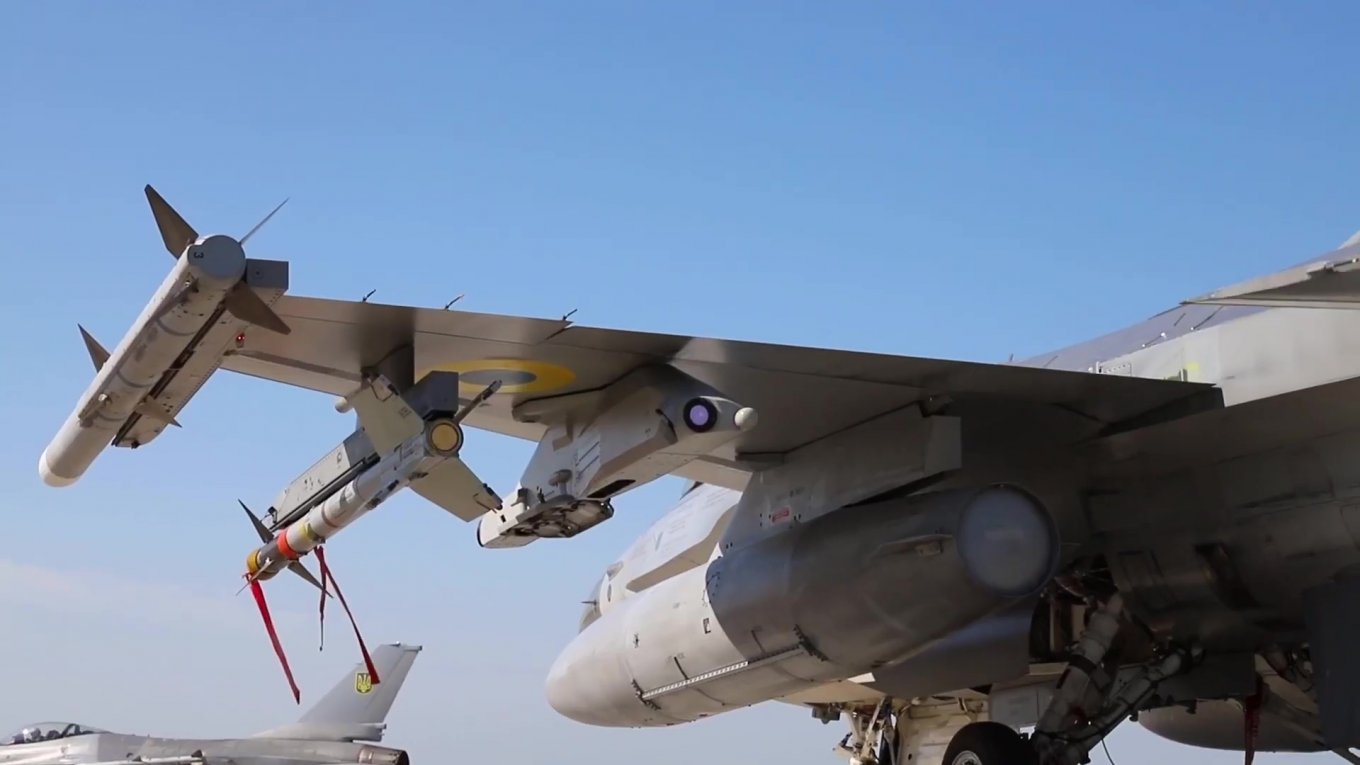
By combining these competencies, the companies aim to develop a robust drone interception system capable of identifying, tracking, and autonomously neutralizing a wide range of aerial threats — from FPV drones and Mavic-type quadcopters to reconnaissance and long-range UAVs.
As for the combat-tested unmanned platforms mentioned by Terma, which will likely serve as effectors (interceptor drones) within the future system, Odd Systems already produces the Horska-12 FPV aerial interceptor platform.
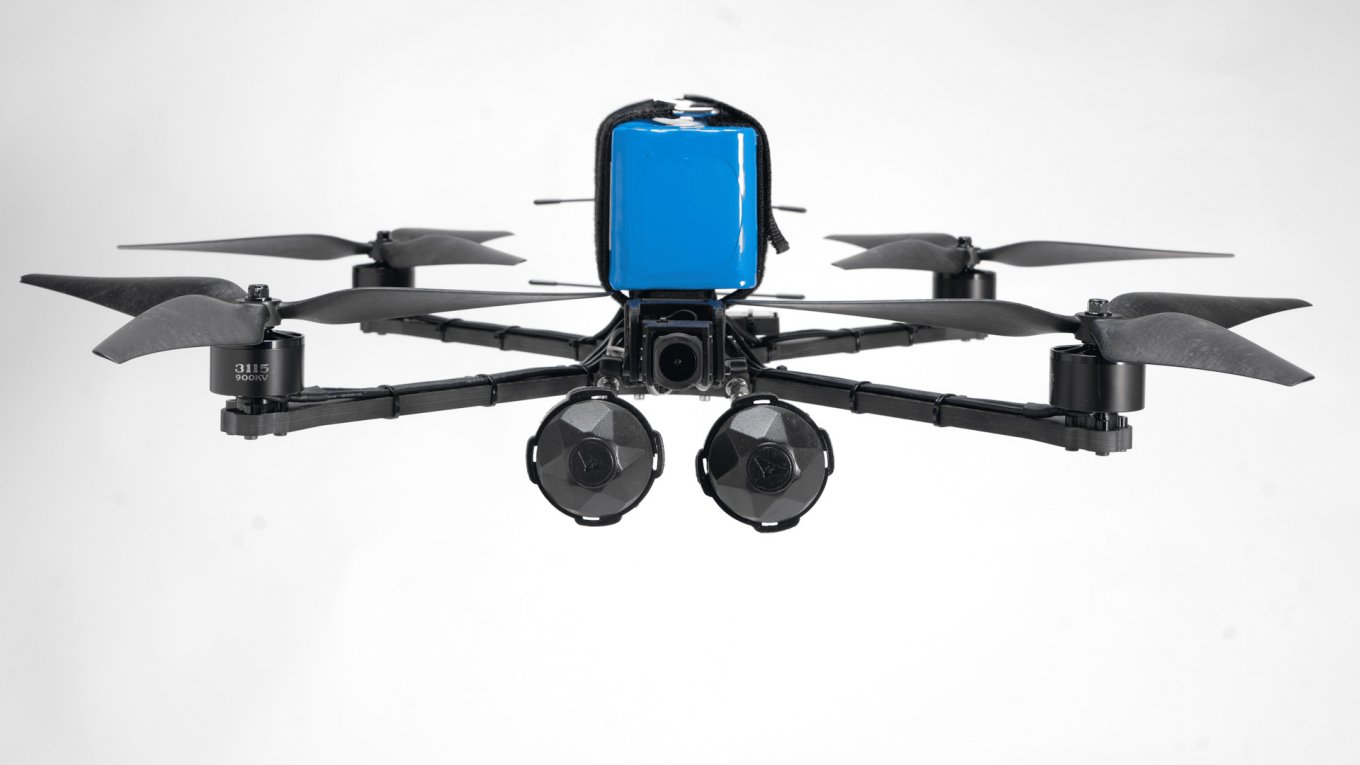
From Defense Express’ perspective, it is still too early to speculate about the final design of the anti-drone system. However, the term system clearly suggests a solution integrating both detection and elimination capabilities.
Terma’s expertise could contribute to the radar detection components as well as the targeting systems for the interceptors. This is not an off-the-shelf product ready for immediate deployment in Ukraine; Terma has already announced it is hiring engineers and specialists specifically for this project.
It is also worth recalling that Defense Express has recently raised the issue of the complexity involved in creating autonomous interceptor drones, which, at least in the initial phase, will require target correction and guidance systems. We have discussed this topic with a co-founder of Odd Systems, who also leads The Fourth Law, a company specializing in cost-effective machine vision solutions for defense applications.
Read more: Danish Terma Reveals Details on Special Pylons for Ukrainian F-16s




